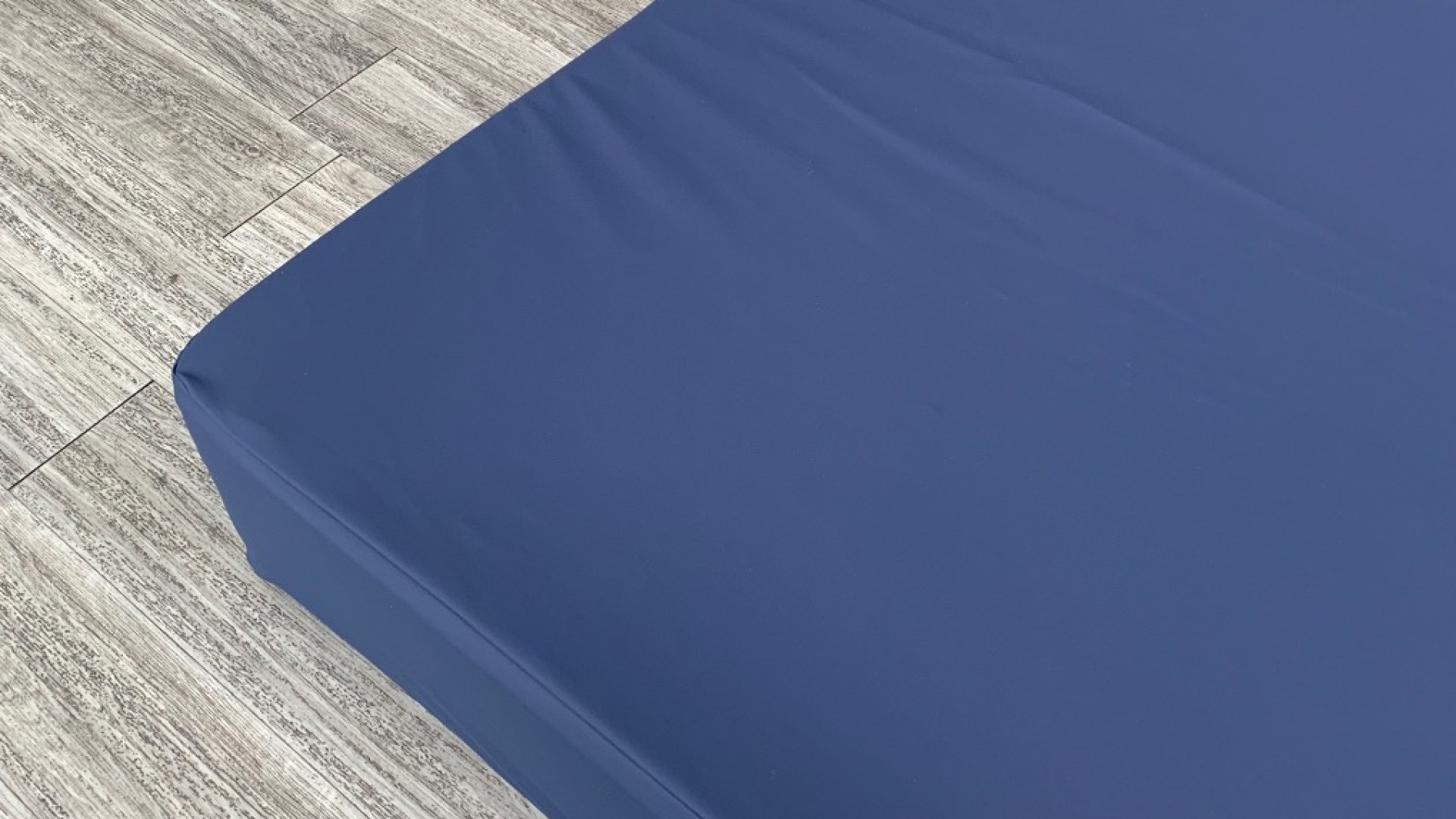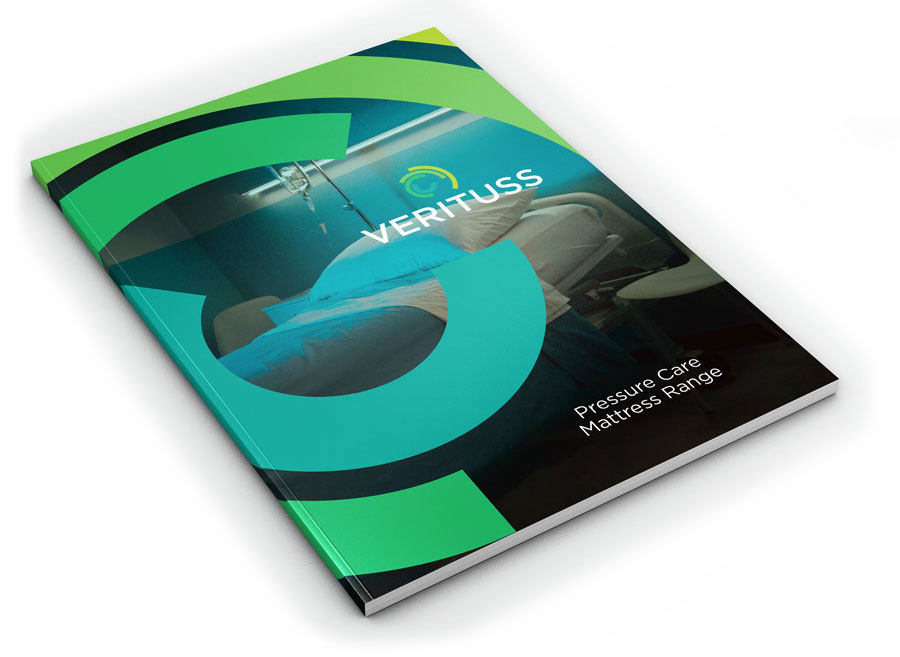How Do Redwood Anti-slip Fabrics Work?
Published 10th June 2024
Here at Redwood, we offer a wide range of medical fabrics with a wide range of uses across hospitals, clinics and care homes. Among these are a selection of anti-slip fabrics created by our technical textile experts for use in hoists, chair pads, medical mattresses and any other situation in which patient safety and comfort can be improved by slip resistance.
Anti-slip fabric products are vital in clinical settings, not only to protect patients’ health and wellbeing, but also to protect your team. As well as your legal obligation to look after your staff, you also have a financial obligation to protect your organisation from expensive injury claims.
Anti-slip fabrics do an excellent job of preventing injuries to both patient and staff, but how exactly do they work? How can something as simple as a fabric stop someone from sliding off their seat or slipping in a sling? Let’s take a brief look at the science and technology behind anti-slip fabrics.
The science of friction
The science of friction is called tribology, and it describes how two surfaces move relative to each other. In the case of medical anti-slip fabrics, this is the relative movement between the surface of equipment, such as slings, medical mattresses or seat cushions, and the patient and their clothing.
There are several types of friction, but anti-slip fabrics deal primarily with dry friction. This can be divided into static friction, between stationary surfaces, and kinetic friction, where those surfaces are moving. Friction is quantified by what is called the coefficient of friction, which is the ratio between the frictional force resisting movement between surfaces and the normal force pushing them together.
A coefficient of friction of 0.5 means you need a force equal to half the weight of the object to make it move from a stationary position. The higher the coefficient of friction, the greater the ability of an anti-slip fabric to resist slipping or sliding.
How are Redwood anti-slip fabrics made?
Anti-slip fabrics can gain their properties through either the physical qualities of their surface or through molecular forces, or usually a combination of both.
Physical friction is created by the roughness of the surface features of the fabric, known as asperities, which literally grip on to other surfaces. Molecular forces are created by the way that certain polymers interact with the molecules on other surfaces, creating inter-surface adhesion.
Using these two basic principles, Redwood can create anti-slip fabrics to meet your exact specifications. These properties can also be combined with other essential features, such as anti-microbial properties, flame resistance and waterproofing, to create bespoke anti-slip fabrics for almost any application.
It’s all Greek to me!
The science of friction dates back to the Ancient Greeks, such as Aristotle and Pliny the Elder, but don’t worry if it all seems Greek to you. All you really need to know is that the technical textile experts at Redwood understand the science, and that they can create the optimal fabric for your medical mattresses, slings, seat pads and any other equipment that requires a non-slip surface.
Just tell our team exactly what you need, and they’ll source the ideal anti-slip fabric to match. What’s more, they can supply these anti-slip fabrics as either fabric alone, or as fully finished medical products, ready for use in clinics, hospitals and care homes.
To find out more about anti-slip fabrics from Redwood, get in touch with the team today. They’ll help you to ‘get to grips’ with the benefits and show you how easy, and affordable, it can be to protect your patients and your staff with high tech textiles.

